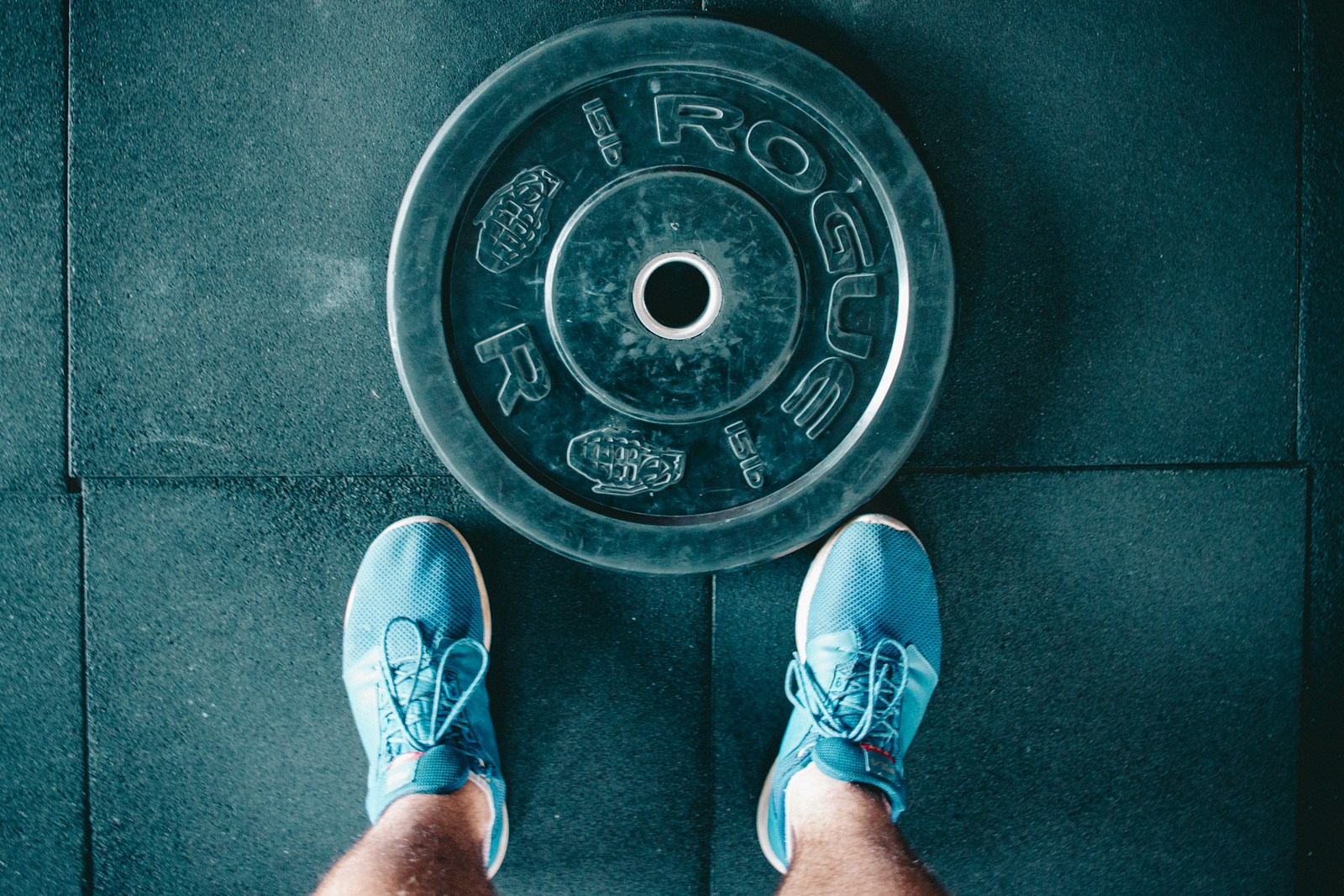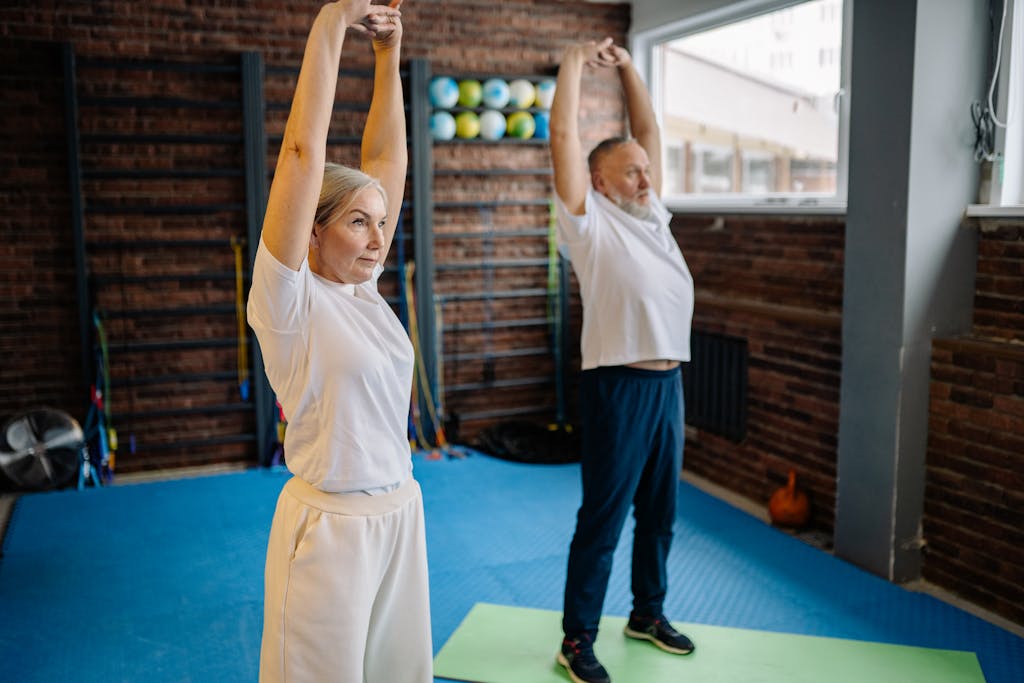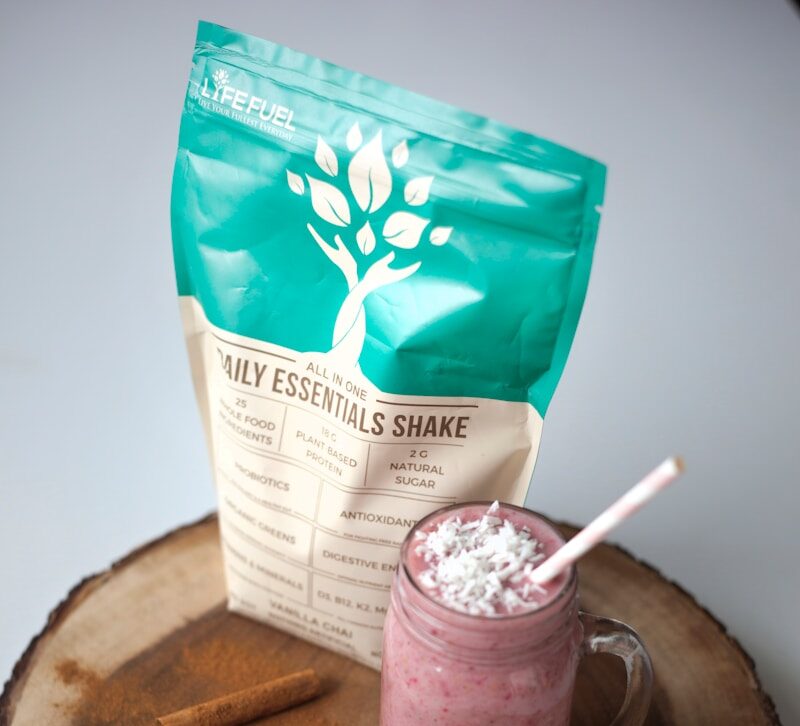How To Build Muscle Mass After 50

Hitting the big 5-0 often comes with noticeable shifts in how our bodies work, especially when it comes to building muscle. The process of aging naturally affects muscle mass, thanks to a phenomenon called sarcopenia. This is a gradual loss of muscle mass and strength that starts to creep in as we age.
While sarcopenia might sound discouraging, understanding it is actually the first step to combating it. This muscle loss is paired with a slowdown in metabolic rate, meaning we don’t process energy quite like we used to. These changes can make building muscle seem more challenging—but it’s far from impossible.
What Happens to Your Body After 50?
- Sarcopenia: A natural decline in muscle mass and strength.
- Reduced Hormone Levels: Testosterone and growth hormone levels drop, which impacts muscle repair and growth.
- Slower Metabolism: A slower metabolic rate makes it harder to maintain or gain muscle without adjustments to exercise and diet.
The good news is that the body still responds well to strength training and exercise. Muscles retain their ability to grow and strengthen, even if the process is slower. With the right knowledge and approach, building muscle effectively after 50 is achievable.
Essential Exercises: Building a Balanced and Effective Routine

Crafting a workout routine after 50 means tailoring exercises to your body’s needs while maximizing muscle growth. Strength training becomes the cornerstone of your plan.
Key Exercises to Focus On
- Compound Exercises:
These target multiple muscle groups, providing efficiency and functionality. Examples include:- Squats (for legs and core)
- Deadlifts (for back, legs, and core)
- Bench Presses (for chest and arms)
- Flexibility and Balance:
Incorporating activities like:- Yoga or Pilates: Improves joint flexibility and balance.
- Stretching Routines: Boosts recovery and reduces injury risk.
- Low-Impact Cardio:
- Swimming or brisk walking supports cardiovascular health without straining joints.
Tip: Consistency is Key—adapt exercises to your comfort level, but challenge your muscles enough to promote growth.
Nutrition and Supplementation: Fueling the Body for Muscle Gain
Exercise alone won’t cut it—your diet plays an equally important role in building muscle after 50.

Nutrition Basics
- Protein: Critical for muscle repair and growth. Aim for 1.2–2.0 grams per kilogram of body weight daily.
Great sources include:- Lean meats (chicken, turkey, beef)
- Fish (like salmon and tuna)
- Plant-based options (lentils, tofu, chickpeas)
- Carbohydrates: Provide energy for workouts. Opt for complex carbs like whole grains, sweet potatoes, and vegetables.
- Healthy Fats: Support hormone production. Include sources like avocados, nuts, seeds, and olive oil.
Supplements to Consider
- Protein Powders: If dietary protein is insufficient.
- Creatine: Shown to improve strength and muscle mass in older adults.
- Vitamin D and Calcium: For bone health, which supports muscle function.
Note: Always consult with a healthcare provider before starting new supplements.
Hydration
Staying hydrated aids in muscle function and recovery. Aim for 8–10 cups of water daily, more if you’re exercising intensely.
The Mindset and Lifestyle Shifts: Staying Motivated and Committed
Building muscle after 50 is as much a mental game as it is a physical one.
Tips for Staying on Track
- Set Realistic Goals: Focus on incremental progress rather than instant results.
Example: “This month, I’ll increase my bench press weight by 5 pounds.” - Track Progress: Use a fitness journal or app to monitor improvements in strength, endurance, and measurements.
- Prioritize Rest and Recovery:
- Schedule rest days to prevent overtraining.
- Get 7–9 hours of sleep nightly for optimal muscle repair.
- Build a Support System:
- Join fitness groups or find a workout buddy to stay accountable.
- Share milestones to stay motivated.
Overcoming Mental Barriers
“Age is just a number. Your body is capable of more than you think,” says fitness expert Dr. Gabrielle Lyon. Using positive affirmations and visualization techniques can help push past self-doubt.
Key Takeaways
- Building muscle after 50 is absolutely achievable with the right mix of strength training, proper nutrition, and a focused mindset.
- Consistency, adaptation, and patience are your allies.
- Remember: It’s not just about looking strong—it’s about staying functional, healthy, and vibrant as you age.
Inspiration
“Strength doesn’t come from what you can do. It comes from overcoming the things you once thought you couldn’t.” — Rikki Rogers
Now is the perfect time to embrace this phase of life with renewed purpose and confidence. Let your 50s be the start of your strongest chapter yet!
